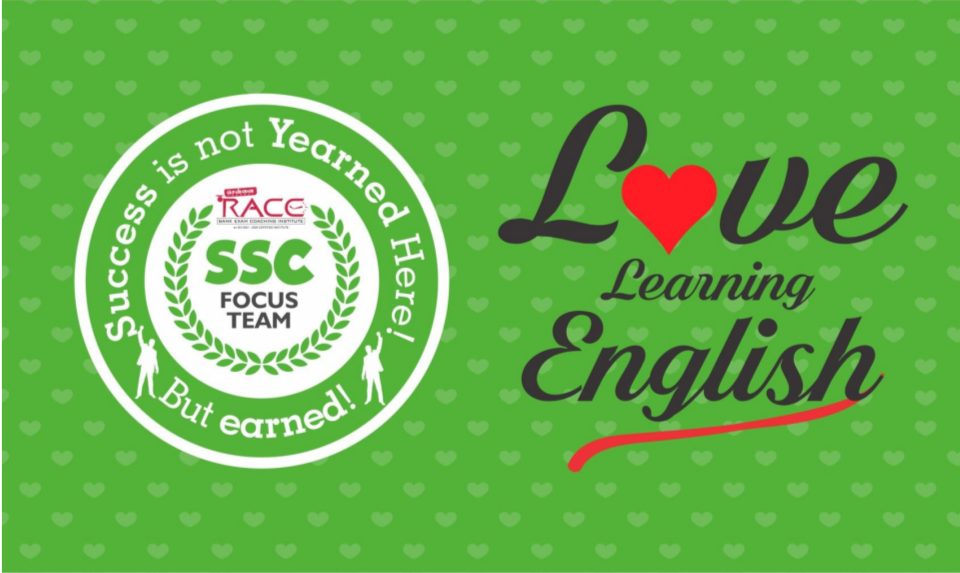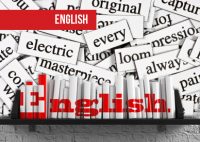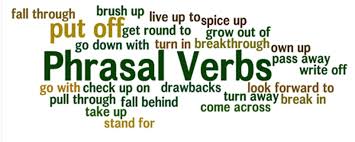Cloze Test New pattern Questions for SBI PO : Set 4
Want to Become a Bank, Central / State Govt Officer in 2020?
Join the Most awarded Coaching Institute & Get your Dream Job


Now Prepare for Bank, SSC Exams from Home. Join Online Coure @ lowest fee
Lifetime validity Bank Exam Coaching | Bank PO / Clerk Coaching | Bank SO Exam Coaching | All-in-One SSC Exam Coaching | RRB Railway Exam Coaching | TNPSC Exam Coaching | KPSC Exam Coaching
Cloze Test New pattern Questions for SBI PO : Set 4
D.1-10): In the following passage there are words highlighted, each of which has been numbered. These numbers are printed below the passage and against each, four words are suggested marked as (a), (b), (c) and (d) out of which only one word fits in. If the given word itself is appropriate mark your answer as (e).
D) The last time China considered itself as powerful as it does today, Abraham Lincoln was in the White House. At that time, and against the (1)peeling evidence of Western (2)imperialism, the emperor still (3)bounce to the age-old belief that China ruled all under heaven, a world order unto itself. It never had allies in the Western sense, just nations that paid tribute to it in exchange for trade. Both China and “the outside countries”, he wrote to Lincoln, constitute “one family, without any distinction”. Today, after a century and a half that (4)embraced Western imperial occupation, republican (5)turmoil, the plunder of warlords, Japanese invasion, civil war, revolutionary upheaval and, more recently, phenomenal economic growth, China has resumed its own sense of being a great power. It has done so in a very different world: one led by America. For three-quarters of a century, America has been the hegemon in East Asia, China’s historical backyard. But now China is indisputably back. New towers have transformed the skylines of even its farthest-flung cities. An ultra-modern network of bullet trains has, in a few short years, (6)confront a continent-sized country. China’s new power rests on a 20-fold increase in economic output since the late 1970s, when (7)theoretic leaders set in train market-led reforms. Over the same period the number of Chinese people living in extreme poverty, as defined by the World Bank, has fallen to 80m, a tenth of what it used to be. China is the world’s biggest trading nation and its second-biggest economy after America. There is hardly a country in the world to which it does not matter, either as a source of consumer goods or as a destination for commodities, capital goods and investment. On all these counts, China wants—and deserves—a greater role in East Asia and in the global order. America has to make room for it. But the task will require wisdom and a (8)wider balance of firmness and finesse on both sides. A first (9)indication of what to expect was on display at a summit between Xi Jinping and Donald Trump on April 6th and 7th at Mar-a-Lago, the American president’s Florida golfing resort. Though little of substance was discussed, Mr Trump hailed the bilateral relationship as “outstanding” and Mr Xi declared there were “a thousand reasons to get the China-US relationship right”. Neither mentioned the cruise-missile strike America had just launched against a Syrian air base. Nor was there any talk of imminently imposing tariffs. For all the superficial bonhomie at the summit, the two countries see things very differently. China’s system of politics, both bureaucratic and authoritarian, has helped economic development at home, but is alien to American notions of democracy. American policymakers have traditionally seen liberal democratic values and an (10)trivial on human rights as factors that legitimise and strengthen the international order.
1)
a) rushing
b) mounting
c) compelling
d) stealing
e) No correction required.
2)
a) depredations
b) salvation
c) disturbance
d) construction
e) No correction required.
3)
a) released
b) clung
c) discard
d) detached
e) No correction required.
4)
a) excluded
b) apprehended
c) encompassed
d) annulled
e) No correction required.
5)
a) destroyer
b) convivial
c) warlords
d) fighters
e) No correction required.
6)
a) tackled
b) confront
c) shrunk
d) harassed
e) No correction required.
7)
a) quixotic
b) idealistic
c) pragmatic
d) sensible
e) No correction required.
8)
a) subtle
b) constrict
c) tight
d) attenuated
e) No correction required.
9)
a) meagre
b) cache
c) trial
d) deficient
e) No correction required.
10)
a) elocution
b) accent
c) emphasis
d) declamation
e) No correction required.
Answer Key
1) b 2) a 3) b 4) c 5) e 6) c 7) c 8) a 9) e 10) c.




